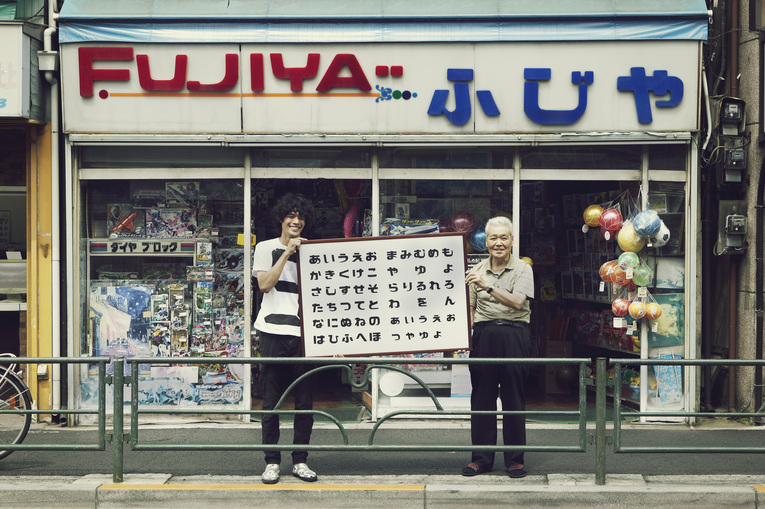18th Entertainment Division Excellence Award
Noramoji Project
Website, Open-source project
SHIMOHAMA Rintaro / NISHIMURA Naoki / WAKAOKA Shinya [Japan]
Outline
The old fonts used on the signs of local stores may not be as sophist icated as a precisely designed commercial font, but these “stray lethers” (Noramoji) still have their own unique charms. This project’s starting point was the desire to rediscover and archive the charms of these signs, from their design to their antique-like craftsmanship and the aging of materials. The “stray letters” discovered through the project are analyzed and then converted into usable computer fonts. By then distributing the font data online, more people can learn about the fonts on the old signs. The profits generated by the sales are given back to the owners of the original signs, helping to support their maintenance for future generations, passing on the scenery of regional towns and cities, and creating what we might call a typographic folk art movement.
Reason for Award
I have witnessed many projects engaging with the promotion of regional communities or which have inherited the local shopping arcades in the regional cities so wracked with aging and depopulation. But this was unprecedented. It aims to preserve the handwritten fonts on shop signs which maintain a distinctly Showa-era retro look in urban landscapes, and then analyze and convert them into fonts for digital distribution. Moreover, the sales from the data are then given back to the owners. Forget stray cats or dogs. This is “stray lettering” (Noramoji) by nameless artisans, drawn by hand and then released into the community, a form of quiet archaic tagging in sepia-toned streets. These preserved stray letters will survive as fonts for eternity. The project is set to expand to other regions. This is truly the kind of folk art movement which neither the Geospatial Information Authority nor Google Maps could give us. (UKAWA Naohiro)



